5901 Botham Jean Blvd, Dallas, TX 75215
Brass Metal Recycling: Process and Benefits Explained
September 27, 2025Brass metal recycling transforms discarded brass items into valuable new products through a systematic process of collection, sorting, and repurposing. Each year, thousands of tons of brass objects, from plumbing fixtures to musical instruments, get a second life through recycling instead of ending up in landfills.
As an alloy primarily composed of copper and zinc, brass offers a remarkable quality: it is entirely recyclable without degrading in quality. Unlike some materials that lose properties with each recycling cycle, brass can be melted down and reformed repeatedly while maintaining its distinctive properties and performance characteristics.
This sustainable approach offers significant environmental benefits. By recycling brass, we conserve finite copper and zinc resources, dramatically reduce energy consumption compared to primary production, and minimize the environmental damage associated with mining and manufacturing new brass. The recycling process typically requires only 10-15% of the energy needed to produce brass from raw materials, resulting in a much smaller carbon footprint.
What Are the Environmental Benefits of Recycling Brass?
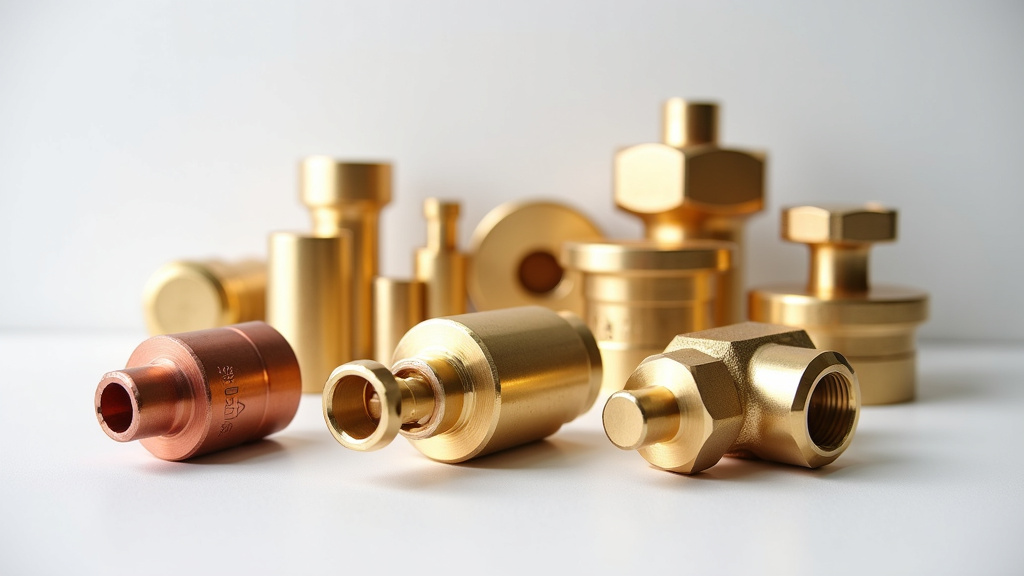
Recycling brass provides substantial environmental benefits. By reusing brass, about 90% of the energy required to produce it from raw materials is saved, leading to reduced greenhouse gas emissions and a smaller carbon footprint.
Energy Conservation
The energy savings from brass recycling are notable. According to the British Metal Recycling Association, the process uses only 10% of the energy needed to extract and refine virgin copper and zinc, which helps lower carbon emissions related to brass production.
Brass can be recycled indefinitely without losing its valuable properties. Each recycling cycle conserves energy while maintaining high-quality material.
Natural Resource Preservation
Recycling brass reduces the need to mine raw copper and zinc, which often leads to habitat destruction, soil erosion, and water contamination. This decreases demand for these extraction activities.
Preserving copper and zinc reserves is vital as both are non-renewable resources. Every pound of recycled brass diminishes the mining impact on ecosystems and habitats.
Reduction in Water Consumption
The traditional extraction and processing of copper and zinc require enormous amounts of water. Recycling brass significantly reduces this water usage compared to primary production.
This aspect of water conservation is increasingly important as many regions face water scarcity. The smaller water footprint of recycled brass offers considerable environmental benefits.
Landfill Waste Reduction
Recycling brass prevents valuable metal from ending up in landfills, where it occupies space and can potentially leach contaminants into soil and groundwater. Brass is commonly found in plumbing fixtures, electrical components, musical instruments, and ammunition casings.
By collecting and recycling these items, we reduce landfill volume, extend landfill lifespan, and lessen the need for new disposal sites.
The environmental benefits of brass recycling underscore its importance in sustainable waste management. Through energy conservation, resource preservation, water savings, and landfill reduction, brass recycling offers multiple positive outcomes.
What Types of Brass Can Be Recycled?
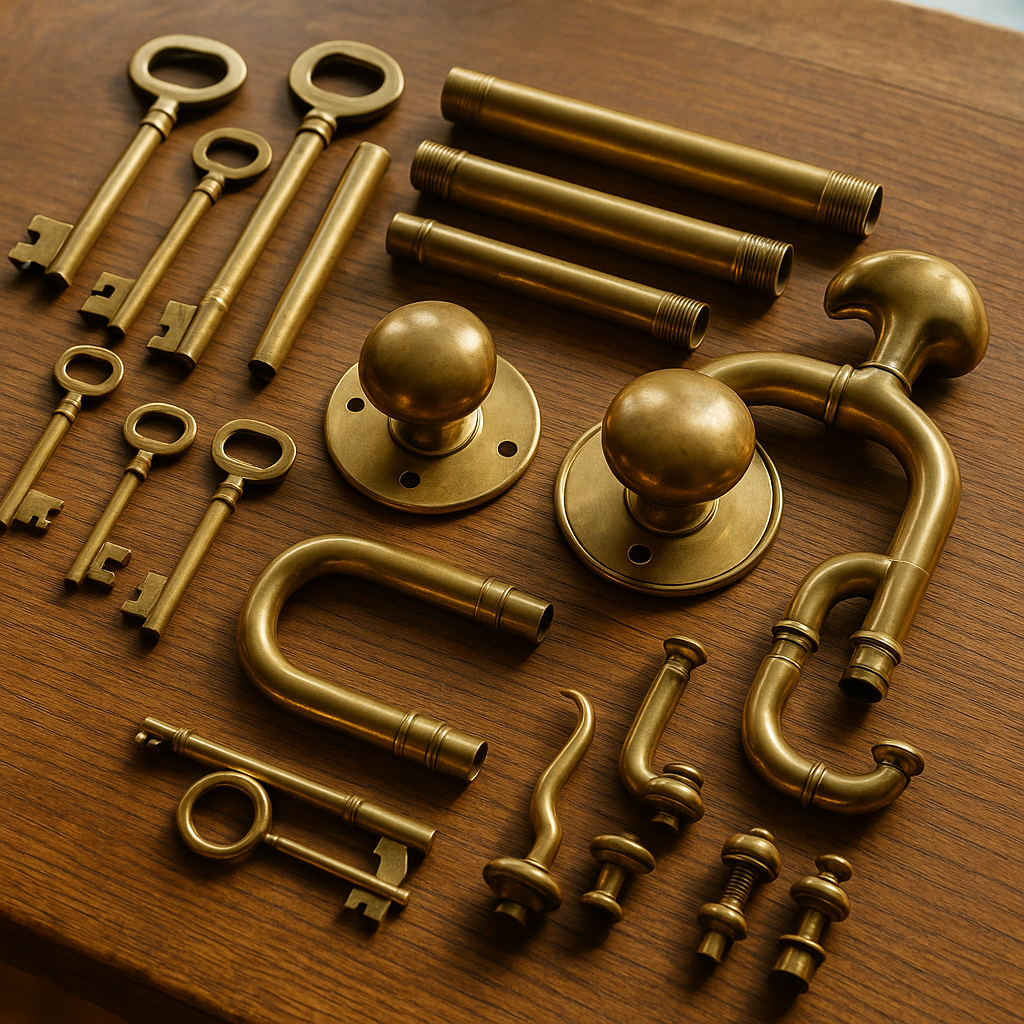
Almost all brass items can be recycled, though their value varies based on composition and purity. The recycling industry categorizes brass into several main types, each with distinct properties and applications. Understanding these differences helps maximize the value of your recyclable brass.
Yellow brass is the most common recyclable type, containing about 60-70% copper and 30-40% zinc. This combination gives it the characteristic golden color found in doorknobs, locks, plumbing fixtures, and musical instruments like trumpets and saxophones. Due to its widespread use, yellow brass is highly sought after by recycling facilities.
Red brass, sometimes called gunmetal, contains a higher copper content—typically around 85%—making it more valuable per pound. This reddish-tinted metal is commonly found in plumbing components, valve fittings, and water meters. Its higher copper percentage commands premium prices at scrap yards.
Cartridge brass, composed of about 70% copper and 30% zinc, is designed for ammunition casings but appears in other applications too. This malleable brass is found in shell casings, screws, fasteners, heat exchangers, and electrical terminals. Many shooting ranges collect and recycle spent cartridges to keep this valuable material in circulation.
Naval brass deserves special mention for its exceptional corrosion resistance, particularly in saltwater environments. With approximately 60% copper, 39% zinc, and small amounts of tin, this alloy is common in marine hardware, pump shafts, valve stems, and seawater piping systems. Though less common in everyday items, naval brass remains fully recyclable.
Architectural brass (sometimes called muntz metal) frequently appears in decorative building elements such as railings, panels, door handles, and trim. This 60% copper and 40% zinc composition is widely used in construction projects and can be recycled when buildings undergo renovation.
Even mixed brass—combining various brass types with possible contaminants—can be recycled, though it typically fetches lower prices. Scrap yards accept these materials but may offer reduced rates due to additional processing. Cleaning and properly sorting your brass is worthwhile to maximize recycling value.
Beyond these primary types, several specialized brass alloys remain fully recyclable, including admiralty brass used in heat exchangers, free-cutting brass in precision parts, and high-tensile brass in industrial equipment. Virtually all brass components from obsolete equipment, construction waste, and manufacturing scrap can be reclaimed through proper recycling channels.
| Item Type | Examples |
| Household Items | Plumbing fixtures, faucets, doorknobs, kitchenware |
| Decorative Items | Ornaments, plates, figurines, curtain rods, garden decorations |
| Electrical Components | Switches, connectors, wiring |
| Musical Instruments | Trumpets, trombones, tubas, French horns |
| Automotive Parts | Radiators, valves, fittings |
What is the Brass Recycling Process?
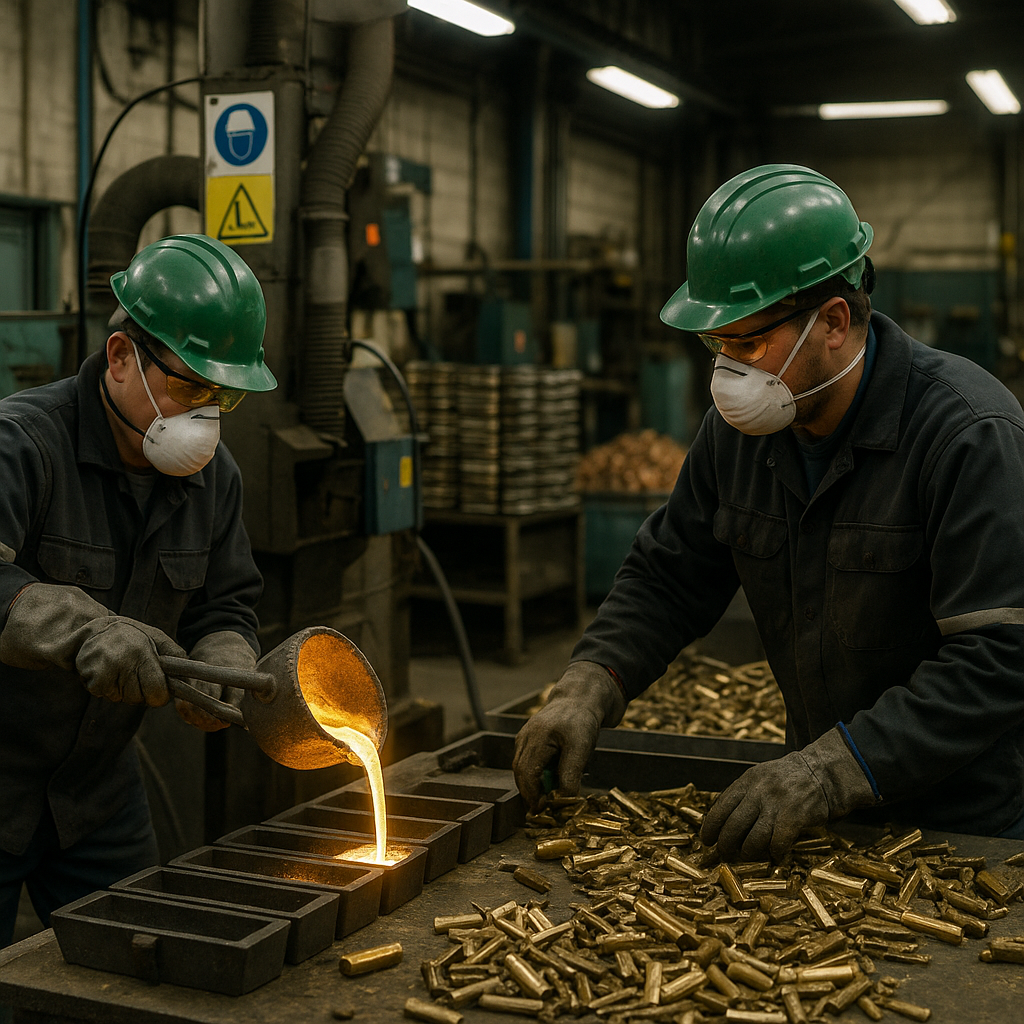
The brass recycling process transforms discarded brass items into valuable materials through a systematic approach, ensuring high-quality recycled brass and delivering significant environmental benefits. Each step in the process plays a crucial role in maintaining material integrity and maximizing recovery.
Collection
The recycling journey begins with collection from diverse sources. Scrap yards gather brass from industrial facilities, construction sites, and manufacturing plants. Households contribute through municipal recycling programs that accept brass fixtures, decorative items, and plumbing components.
Collection centers perform initial sorting to separate brass from other metals like aluminum, copper, and steel. This identification involves visual assessment and magnetic testing since brass is non-magnetic, helping to distinguish genuine brass from similar-looking metals.
Sorting and Grading
Once collected, brass undergoes thorough sorting and grading. Workers separate different brass types based on their composition and quality. Yellow brass, red brass, and cartridge brass each have distinctive compositions that affect their recycling value and applications.
The cleaning phase removes contaminants that could compromise quality. Staff strip away paint, plastic components, and other non-metallic materials. Chemical or mechanical cleaning processes eliminate grease, dirt, and surface oxidation from the brass scrap to prepare it for processing.
Melting Process
Industrial furnaces heat the cleaned brass scrap to temperatures between 1700°F and 1900°F. Facilities use electric arc furnaces, induction furnaces, or gas-fired furnaces based on capacity needs and specific requirements. The brass liquefies, allowing proper mixing and processing.
During melting, workers add fluxes to protect the molten metal from oxidation. Monitoring temperature and composition is crucial to maintaining quality standards. The molten brass may receive additives to adjust its properties according to the intended final product specifications.
Decontamination
The decontamination phase removes remaining impurities from the molten brass. Workers use skimming tools to extract surface dross and oxidized materials. Filtration systems eliminate smaller particles and inclusions that could weaken the structural integrity of finished products.
Some facilities apply chemical treatments to remove specific contaminants like lead or iron. Modern operations employ advanced purification techniques to ensure the recycled brass meets stringent quality standards for manufacturing applications.
| Type of Brass | Copper Content (%) | Primary Uses | Recycling Value |
| Yellow Brass | 60-70% | Doorknobs, plumbing fixtures, musical instruments | High |
| Red Brass | 85% | Plumbing components, valve fittings | Very High |
| Cartridge Brass | 70% | Ammunition casings, screws, fasteners | High |
| Naval Brass | 60% | Marine hardware, pump shafts | Moderate |
Re-manufacturing
The purified molten brass moves to casting operations where it is transformed into usable forms. Common outputs include ingots, billets, or bars serving as raw materials for manufacturing. Some facilities produce brass sheets, rods, or wires through specialized forming processes.
Re-manufacturing might involve heat treatment to achieve specific hardness levels. Brass intended for precision applications undergoes testing to confirm its mechanical properties and composition meet customer requirements. These finished products return to the supply chain for use in plumbing fixtures, electrical components, and architectural applications.
Throughout this five-step process, brass recycling creates a closed-loop system that reduces the demand for virgin materials. This approach cuts energy consumption by up to 90% compared to brass production from raw ore, resulting in a sustainable material management system that conserves valuable resources while minimizing environmental impact.
How Can Individuals and Businesses Contribute to Brass Recycling?
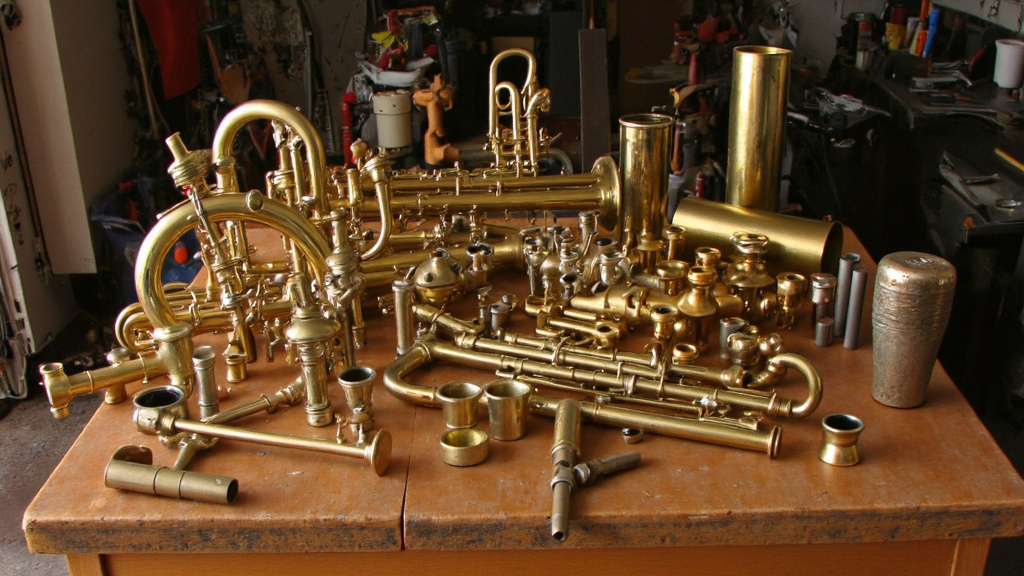
Brass recycling provides a valuable opportunity for sustainable resource management. This distinctive alloy is found in numerous everyday items. By properly identifying and recycling these materials, we can help conserve natural resources and support a circular economy.
Identifying Brass Items for Recycling
The first step in contributing to brass recycling is learning to identify brass items. Brass’s unique yellowish-gold appearance differentiates it from other metals. Unlike steel, brass is non-magnetic, which helps in determining its presence in an item.
Common household brass items include doorknobs, decorative fixtures, plumbing components, and old keys. In business settings, you might find brass in electrical components, machinery parts, architectural elements, and manufacturing scraps. Taking inventory of potential brass items sets the foundation for effective recycling efforts.
Brass can also be found in unexpected places, such as old light fixtures, decorative hardware, ammunition casings, and certain types of jewelry. Even small components like brass buttons from clothing or furniture are worth collecting over time for recycling.
Proper Preparation of Brass for Recycling
After identifying brass items, proper preparation ensures efficient recycling. Start by cleaning the brass to remove non-metallic contaminants like dirt, paint, or other materials. Clean brass is more valuable and processes more efficiently at recycling facilities.
If possible, separate brass from other materials. Remove plastic, rubber, or other metal components attached to the brass. This separation process improves the quality of the recycled material and enhances processing efficiency.
Businesses generating larger volumes of brass scrap should consider implementing a sorting system at the source. Designate specific containers for brass items and train staff on proper identification and collection procedures. This systematic approach maximizes the recycling effort’s value and minimizes contamination.
Business Implementation Strategies
Businesses have unique opportunities to integrate brass recycling into operations. Conduct regular scrap metal audits to determine how much brass waste is generated. These audits highlight recyclable materials within your waste, allowing you to refine procurement and operational processes.
Setting up dedicated collection bins simplifies the sorting process. Provide clearly marked containers for different types of brass and place them strategically near work areas where these items are commonly used or discarded.
Employee incentive programs can significantly boost participation in recycling initiatives. Recognition awards or team competitions create a culture of sustainability and involve employees in environmental efforts.
Partnering with Reputable Recycling Facilities
Finding the right recycling partner is crucial for effective brass recycling. Research local scrap yards and recycling centers that accept brass materials. Seek facilities with proper environmental credentials and transparent business practices. Reputable recyclers offer fair market value for brass based on current prices and quality.
Many communities offer designated drop-off points for metal recycling. Some centers may even provide pickup services for large quantities. Before transporting your brass, contact the facility to confirm their acceptance policies and preparation requirements.
Businesses should develop ongoing relationships with recycling facilities. This partnership can include scheduled pickups, dedicated collection containers, and potentially more favorable pricing for consistent volumes. Companies specializing in commercial recycling can tailor services to specific business needs.
Community Engagement and Education
Individuals and businesses can participate in community initiatives to promote brass recycling. Consider organizing collection drives, educational workshops, or awareness campaigns. These activities make recycling more accessible and raise awareness about its importance.
Developing informative materials helps educate others about brass recycling. Brochures, social media posts, or presentations can explain how to identify and prepare brass for recycling. Sharing this knowledge multiplies the environmental impact beyond personal efforts.
Businesses can lead by hosting recycling events or sponsoring community education programs. These activities demonstrate environmental commitment while providing practical solutions for community members looking to recycle brass.
Economic and Environmental Benefits
Participating in brass recycling yields significant environmental benefits. Recycling brass requires about 90% less energy than producing new brass from raw materials, significantly reducing greenhouse gas emissions and minimizing carbon footprint.
Conserving natural resources is another key benefit. Every pound of brass recycled reduces the need for mining copper and zinc, thereby avoiding environmental disruption, including habitat destruction and potential water contamination.
Beyond environmental benefits, brass recycling offers tangible economic advantages. Brass is valued for its copper content, making it one of the more valuable recyclable metals. Individuals can earn money by selling brass scrap, while businesses can offset waste disposal costs and potentially generate revenue.
For businesses, brass recycling can enhance sustainability goals and reputation with environmentally conscious customers and stakeholders. Improved brand perception can translate to business advantages in markets where sustainability practices influence purchasing decisions.
| Source | Common Brass Items |
| Household | Plumbing fixtures, faucets, doorknobs, kitchenware, electrical components, decorative items |
| Industrial | Machinery parts, valves, connectors |
| Electrical | Switches, connectors, wiring, bus bars, terminal boards |
| Musical Instruments | Trumpets, trombones, tubas, French horns, euphoniums, cornets |
| Automotive | Radiators, valves, fittings, engine sensors, radiator fittings |
| Marine | Boat fittings, anchors, porthole rings |
| Antiques and Vintage Items | Old clocks, picture frames, vintage telephones, furniture fittings |
| Thrift and Antique Stores | Old brass items for sale, brass items with historical value |
When individuals and businesses commit to brass recycling, they contribute to building a more circular economy. This economic model keeps resources in use for as long as possible, extracts maximum value during use, and recovers materials at end-of-life. Through collective action, everyone can help create a more sustainable approach to resource management and waste reduction.
Conclusion: Embracing Brass Recycling for a Sustainable Future
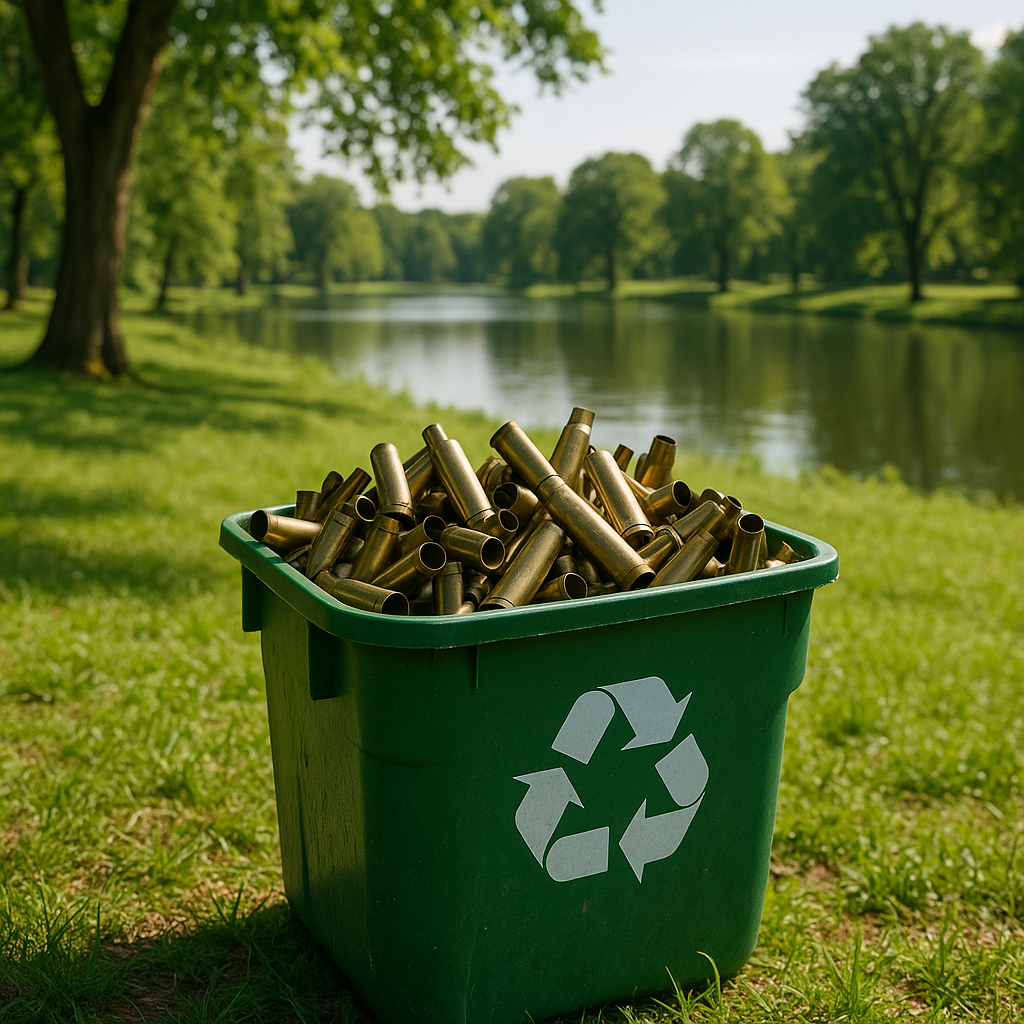
Brass recycling is a cornerstone of sustainable resource management within the circular economy. This recyclable alloy retains quality and durability through multiple cycles, making it ideal for conservation. The environmental benefits are substantial. Recycling brass reduces energy consumption by up to 90% compared to production from raw materials, significantly cutting greenhouse gas emissions and aiding in climate change mitigation.
Beyond environmental advantages, brass recycling offers economic benefits. It diverts valuable materials from landfills, preserves finite natural resources, and creates revenue opportunities for businesses and individuals.
By adopting brass recycling practices, we can reduce waste, minimize mining impacts, and support a more sustainable future for generations. For expert assistance with your brass recycling needs, contact Okon Recycling at 214-717-4083.
